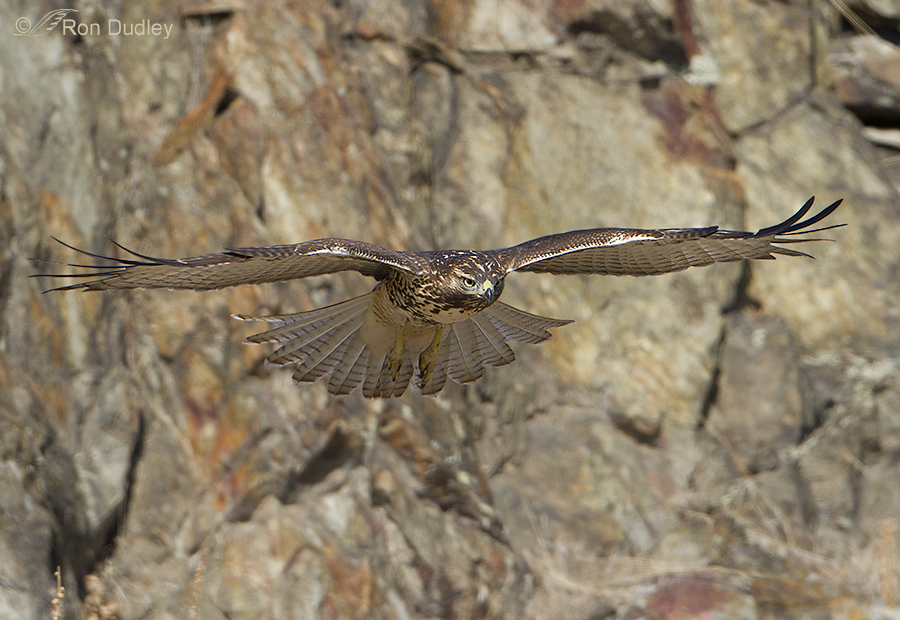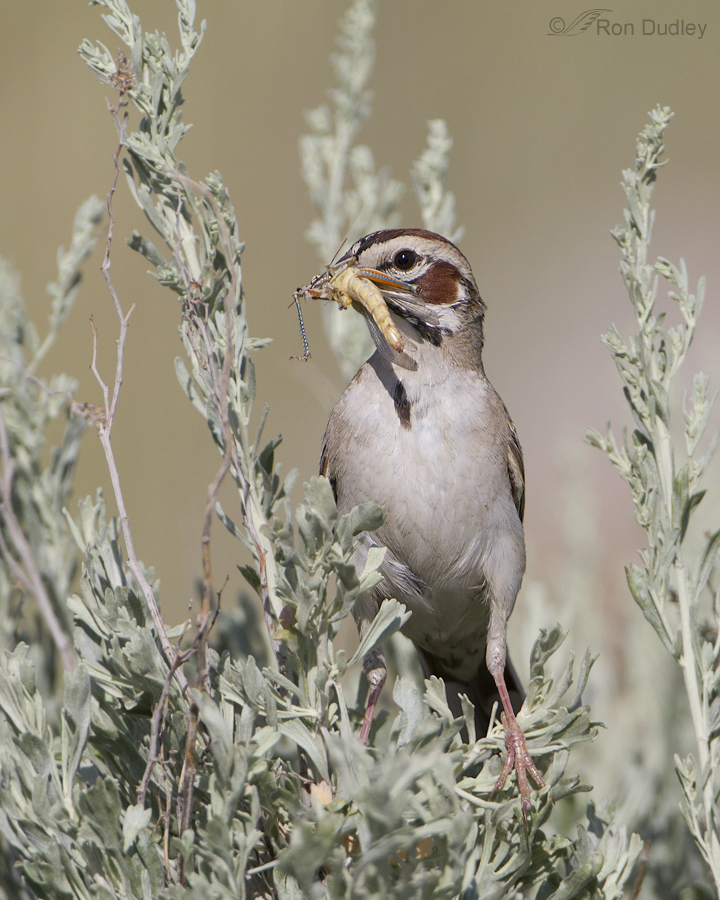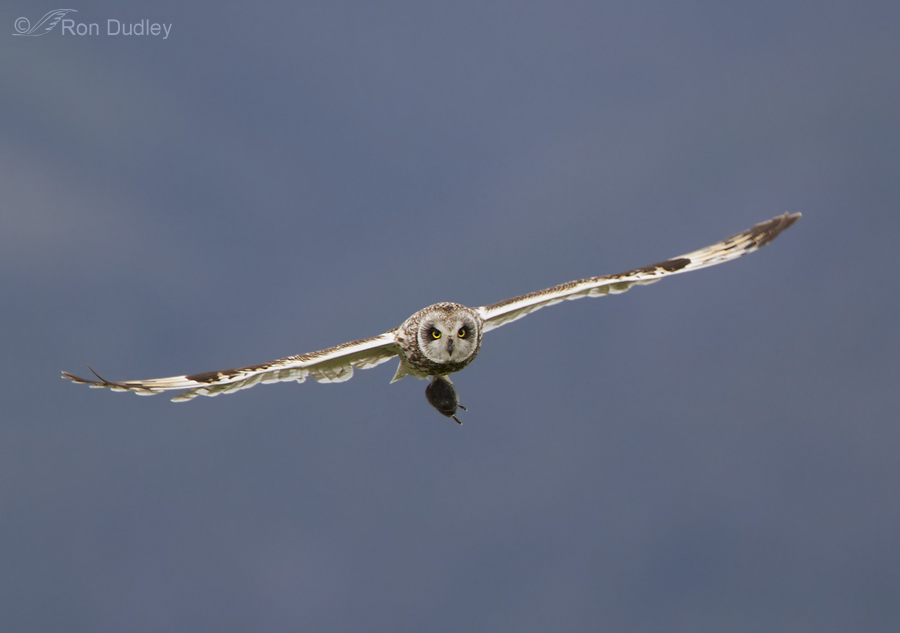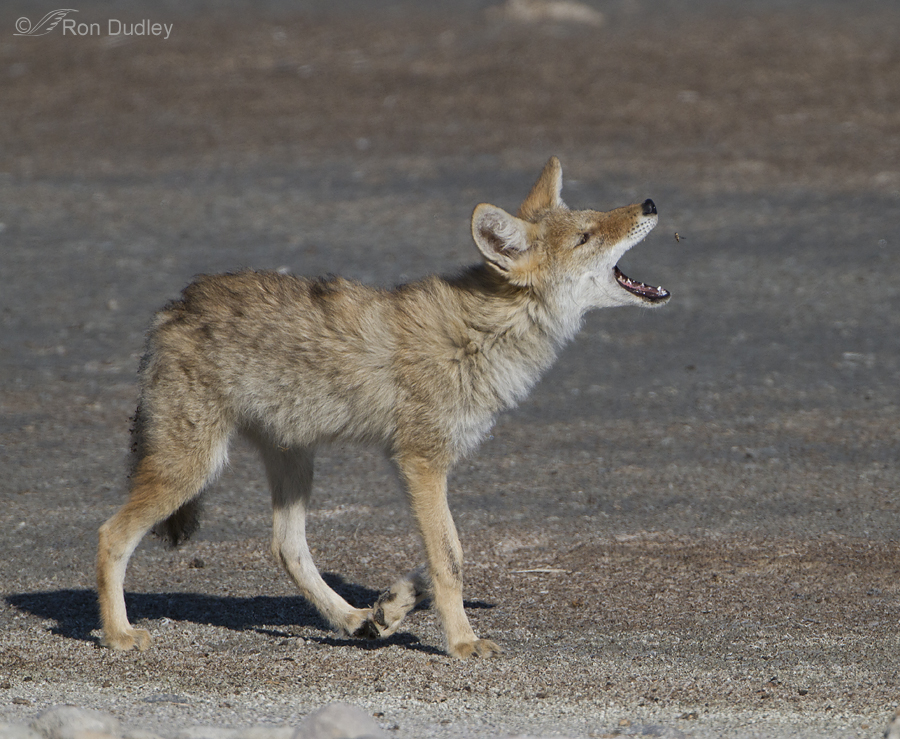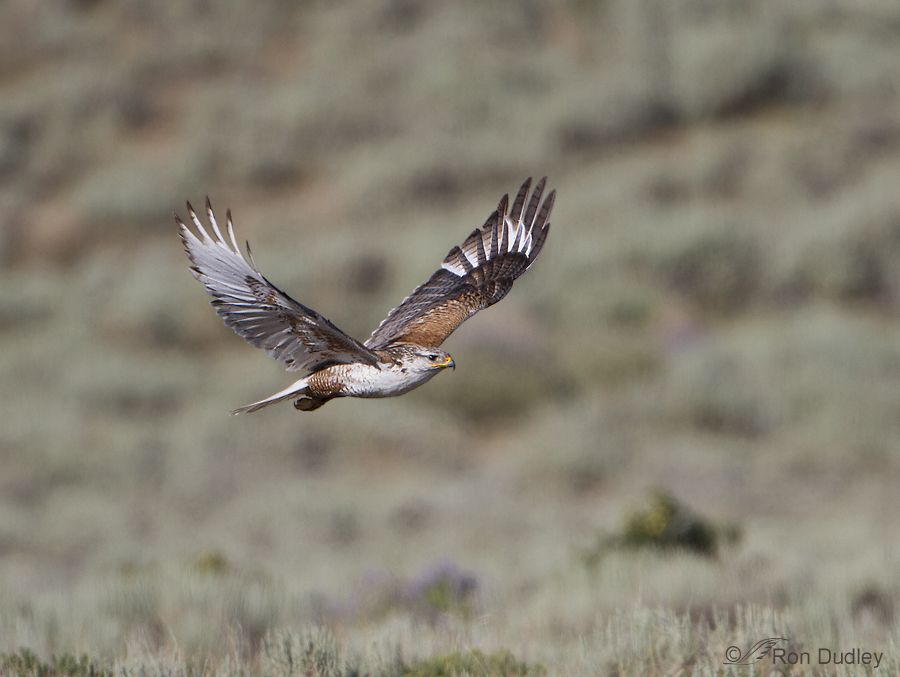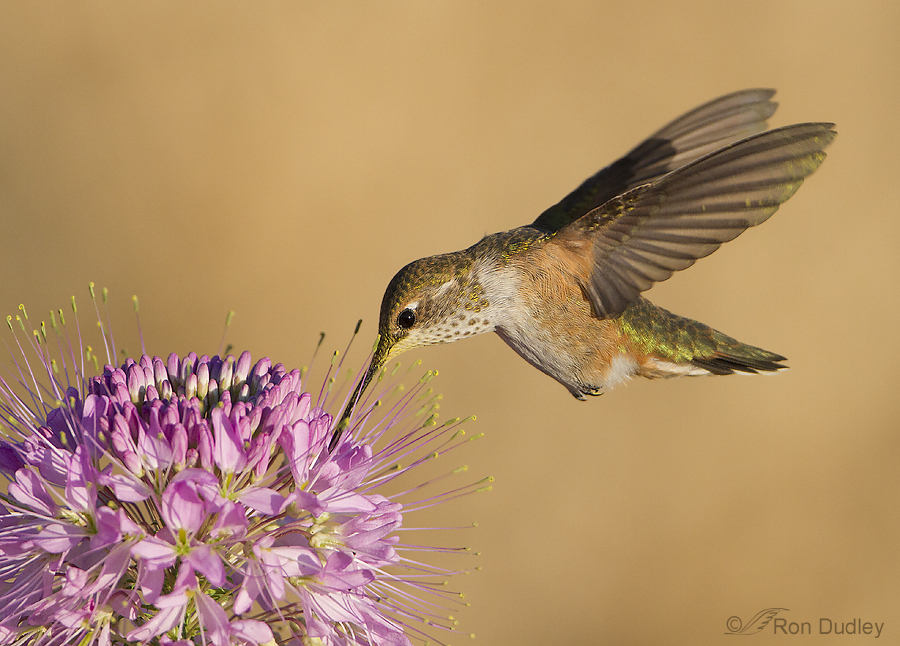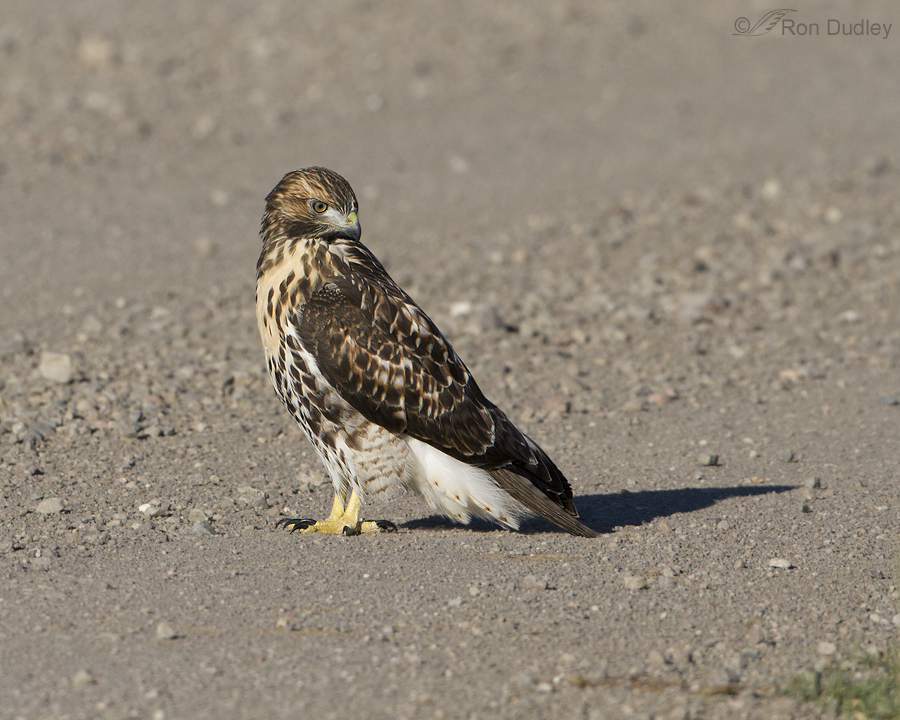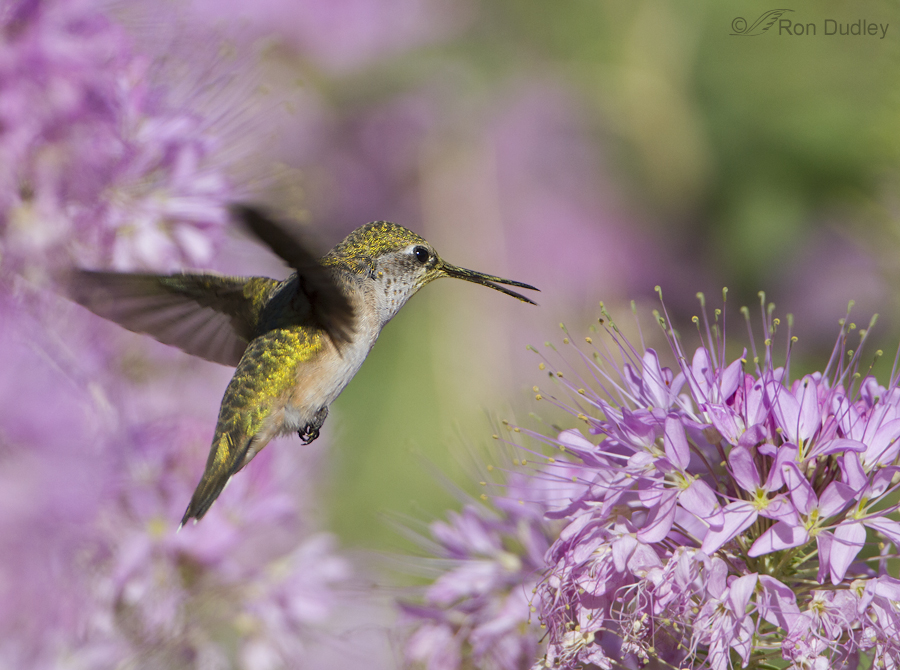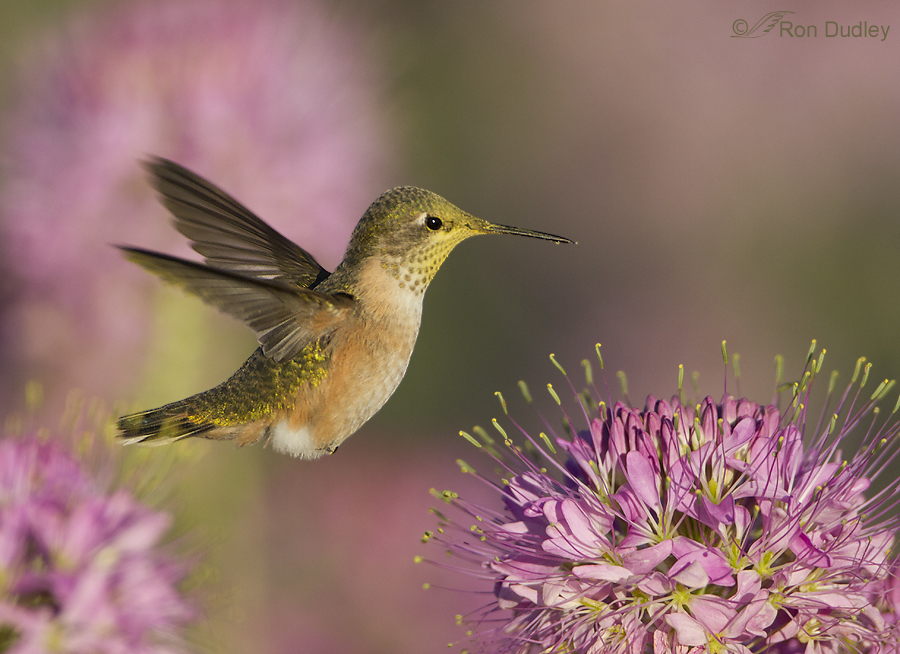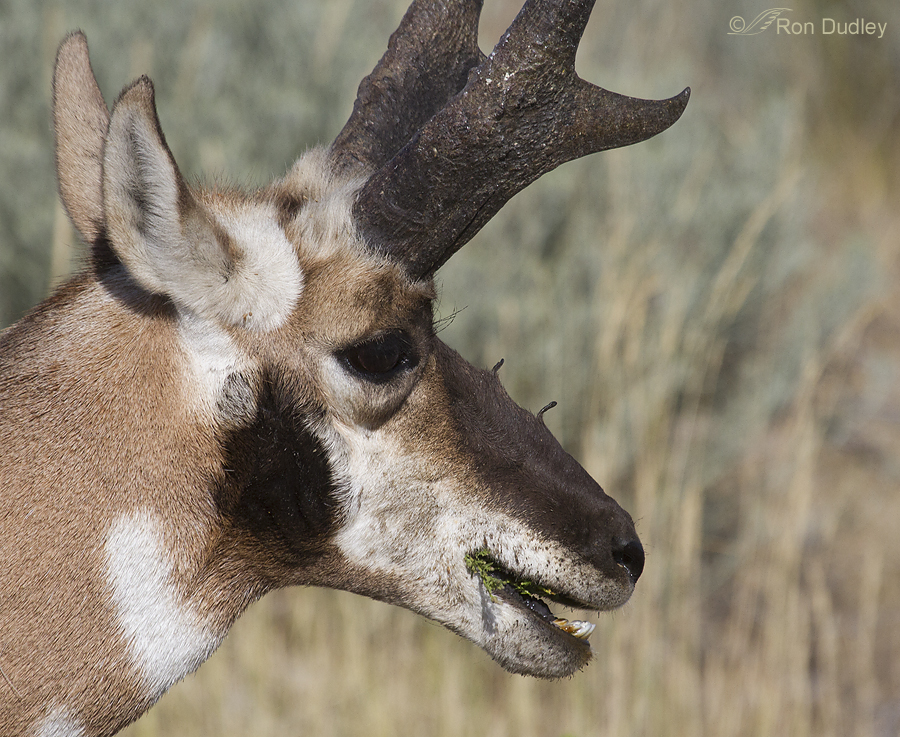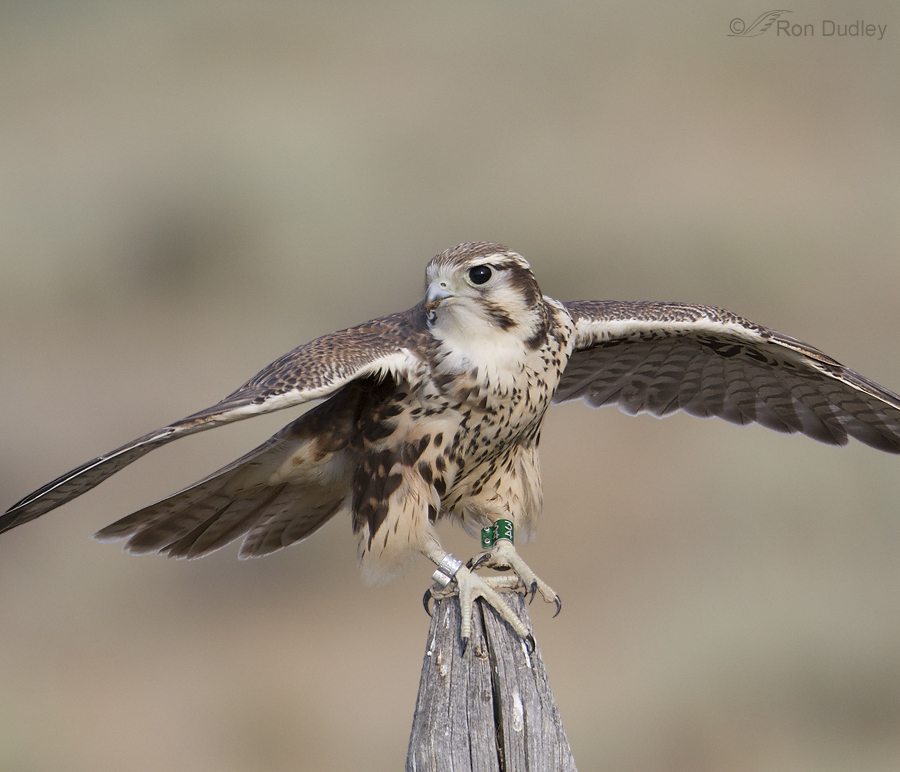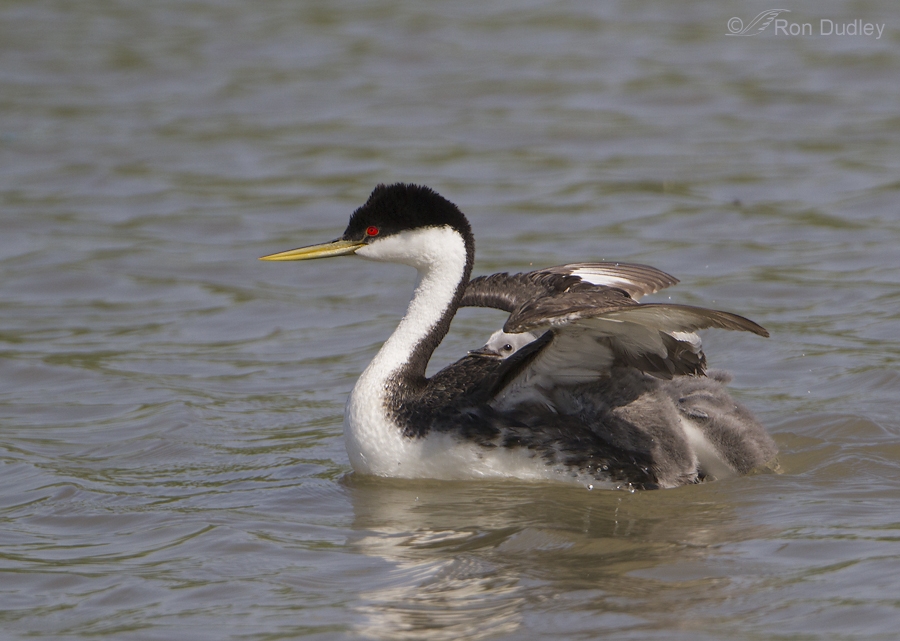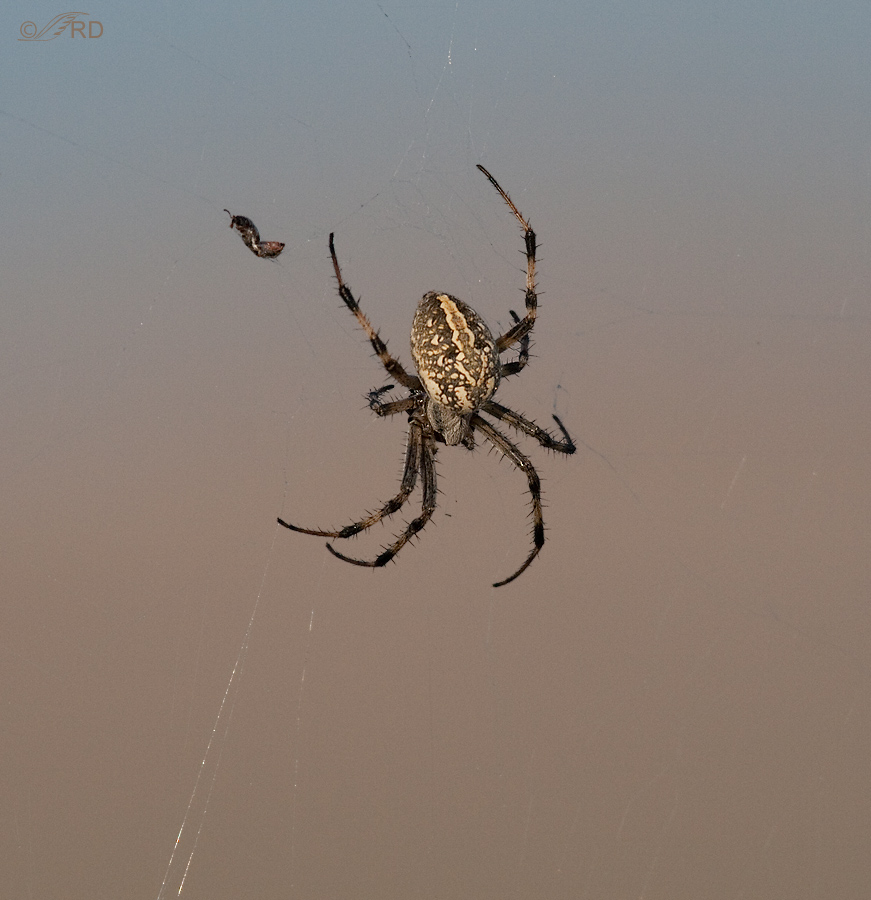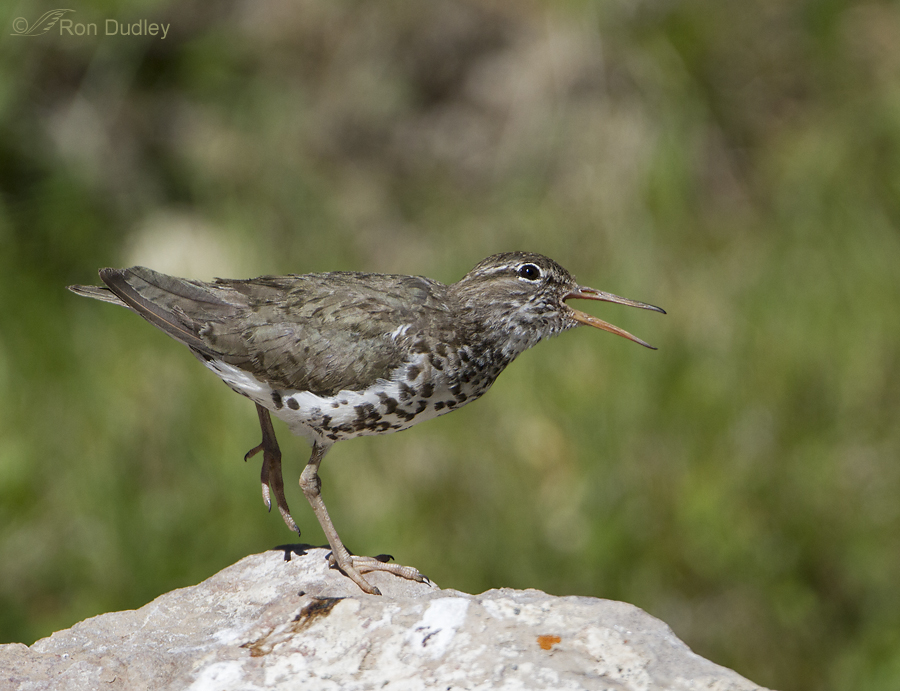Moose Of Skyline Drive
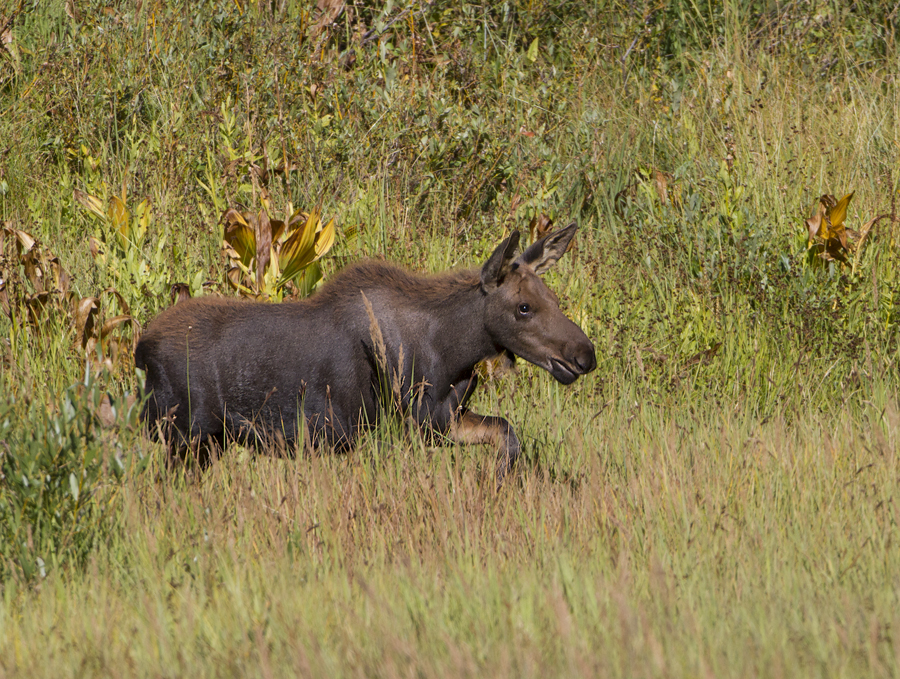
Last week we drove up to the top of Bountiful Peak in the Wasatch Mountains via Skyline Drive. The 25 mile (not including the side roads we took) loop road between Bountiful and Farmington is gravel, winding and narrow but the views of the valley below from elevations up to 9200 feet are spectacular and the wildlife and bird possibilities beckoned us. We mostly struck out with birds but had a great time with a momma moose and her calf at the edge of some ponds.


